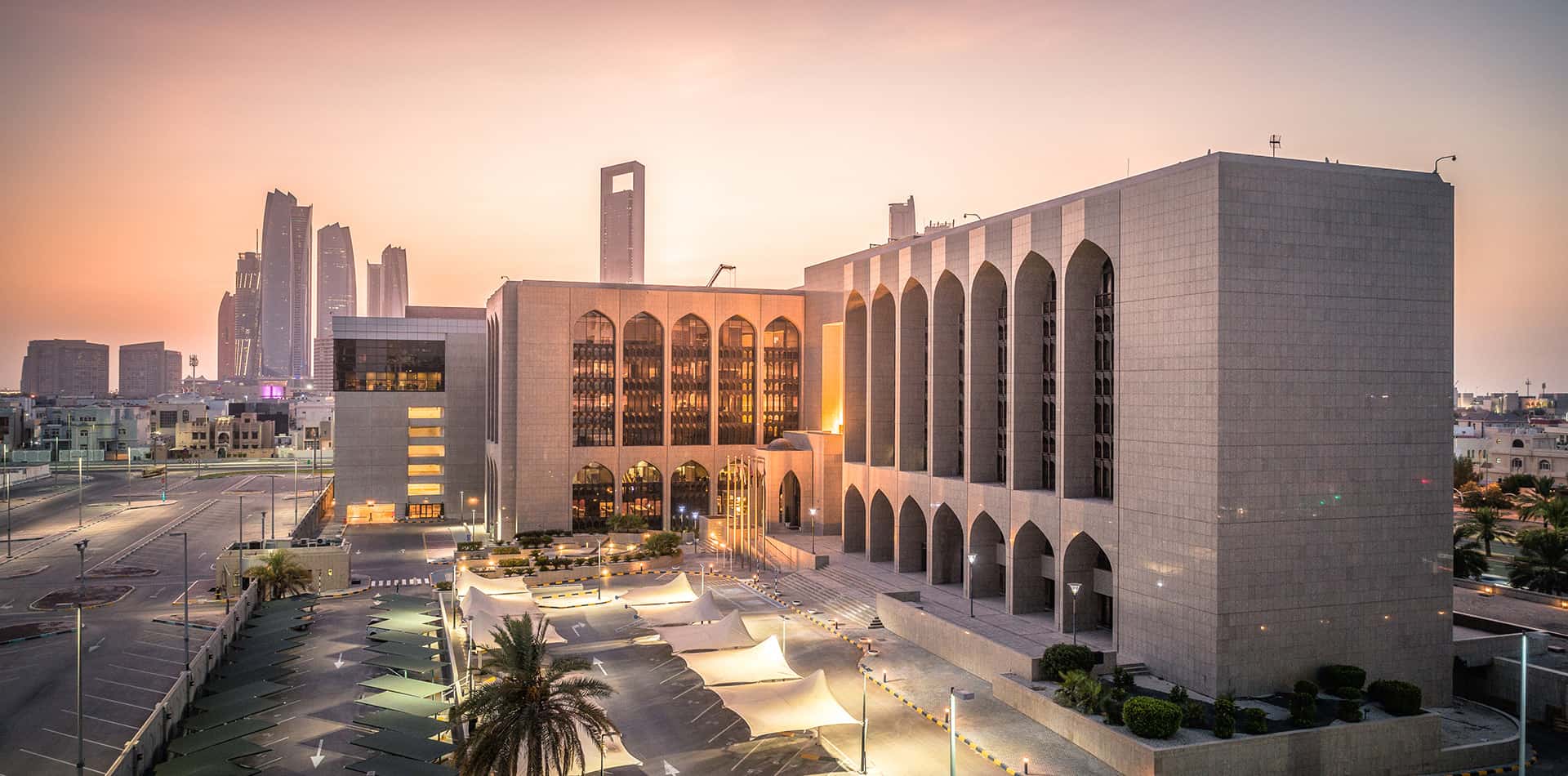Dubai, UAE- The consistent rise in oil prices since the beginning of the year was reflected in the latest customer deposit numbers for listed banks in the GCC during the second quarter (Q2) of 2022, according to a recent report by leading Kuwait-based Kamco Invest.
According to the “GCC Banking Sector Report Q2-2022,” the increase in oil prices was a windfall for governments and companies in the upstream sector. It has strengthened the GCC banking sector balance sheets over the last two years, with increasingly higher deposits coming from oil and related government sectors.
Moreover, the higher deposits have enabled banks to offer easy access to loans and other banking services to customers within the region. It also helped support government efforts especially related to SMEs and is positive for loan-reliant sectors like real estate mortgages.
Aggregate q-o-q growth in customer deposits was at a four-quarter high of 4.0% to reach $2.2 trillion at the end of Q2-2022 after aggregates for all countries in the GCC reported a growth.
Saudi Arabia and UAE reported the strongest q-o-q and y-o-y growth, while Qatari and Omani banks reported relatively more minor increases.
The current state of GCC banking industry
Junaid Ansari, Senior Vice President of Investment Strategy and Research at Kamco, stated in a comment to TRENDS that the aggregate balance sheet of GCC banks remains strong but varies across countries in the region.
“Some countries are better utilizing their deposits, and some are not,” he added. As a result, the average loan-to-deposit ratio stays around the 80% mark, which is the lower band of the global average. This also affects banks’ net interest margin as there can be underutilization of available funds. However, banks have been optimizing their cost structure that supports profits with an average Net interest margin of around 2.8%, around the same level as the average for other emerging market economies.
Ansari mentioned that the banks in Saudi Arabia had seen accelerated growth over the last couple of years and especially after the pandemic, with total aggregate sector assets of $879.9 Bn, almost in line with UAE’s $888.2 Bn.
However, in terms of net loans, Saudi Arabia has far surpassed UAE-listed banks with net loans of $566.3 Bn vs. $460.8 Bn in the case of UAE banks. As a result, the loan-to-deposit ratio in Saudi Arabia remains above the 80% mark at 82.4% vs. 72.7% in the case of the UAE. This coupled with a lower cost-to-income ratio of 37.5% for Saudi Arabian banks vs. 43.2% for UAE-listed banks, the NIM for Saudi Arabia remains the highest in the GCC at 3.1% compared to 2.64% in the case of UAE-listed banks.
He added that Kamco expects to see higher profits for Saudi and UAE-listed banks in the coming quarters as the full effect of higher interest rates and its direct impact on NIM are reflected in future earnings.
Major reasons behind the growth
Governments in the region have successfully managed the pandemic with proactive steps and an accelerated vaccination campaign, according to Ansari. “This helped faster economic recovery from the pandemic vs. most other countries. In addition, they have implemented many targeted policies during the pandemic with the help of local banks. This also insulated the region from a steep economic decline seen in major economies elsewhere”, he said.
In addition, inflation in the region remains largely under control, given caps on essential items, fuel, and timely government intervention. Banking sector profits during 2021 were also supported by a steep y-o-y decline in provisions as banks in the region booked the bulk of the Covid-19-related conditions during 2020.
Effects of higher interest rates
GCC countries with dollar-pegged currencies were quick to raise interest rates in tandem with the US Fed’s hike. Central banks in each Saudi Arabia, the UAE, Bahrain, Qatar, and Jordan followed suit by raising rates whenever the Federal does so.
Consequently, the decision to raise interest rates in tandem with the Fed’s decision has a ripple effect across the entire economy, stock market, and banking sector, leaving both positive and negative ramifications on GCC countries. Customers, for example, would consider depositing more money in banks rather than investing in them, leading to a decline in supporting and developing projects.
However, Ansari doesn’t believe such a step would happen.
According to him, although there is a positive impact from higher interest rates in curbing the money in circulation, however, Kamco believes that deposits in the region are reliant on other factors as well, which include USD exchange rates vs. other EM currencies due to the pegged nature of GCC currencies, oil revenues, equity market performance as well as seasonal factors. Thus, we don’t believe that the investment appetite would be greatly impacted due to higher interest rates.








